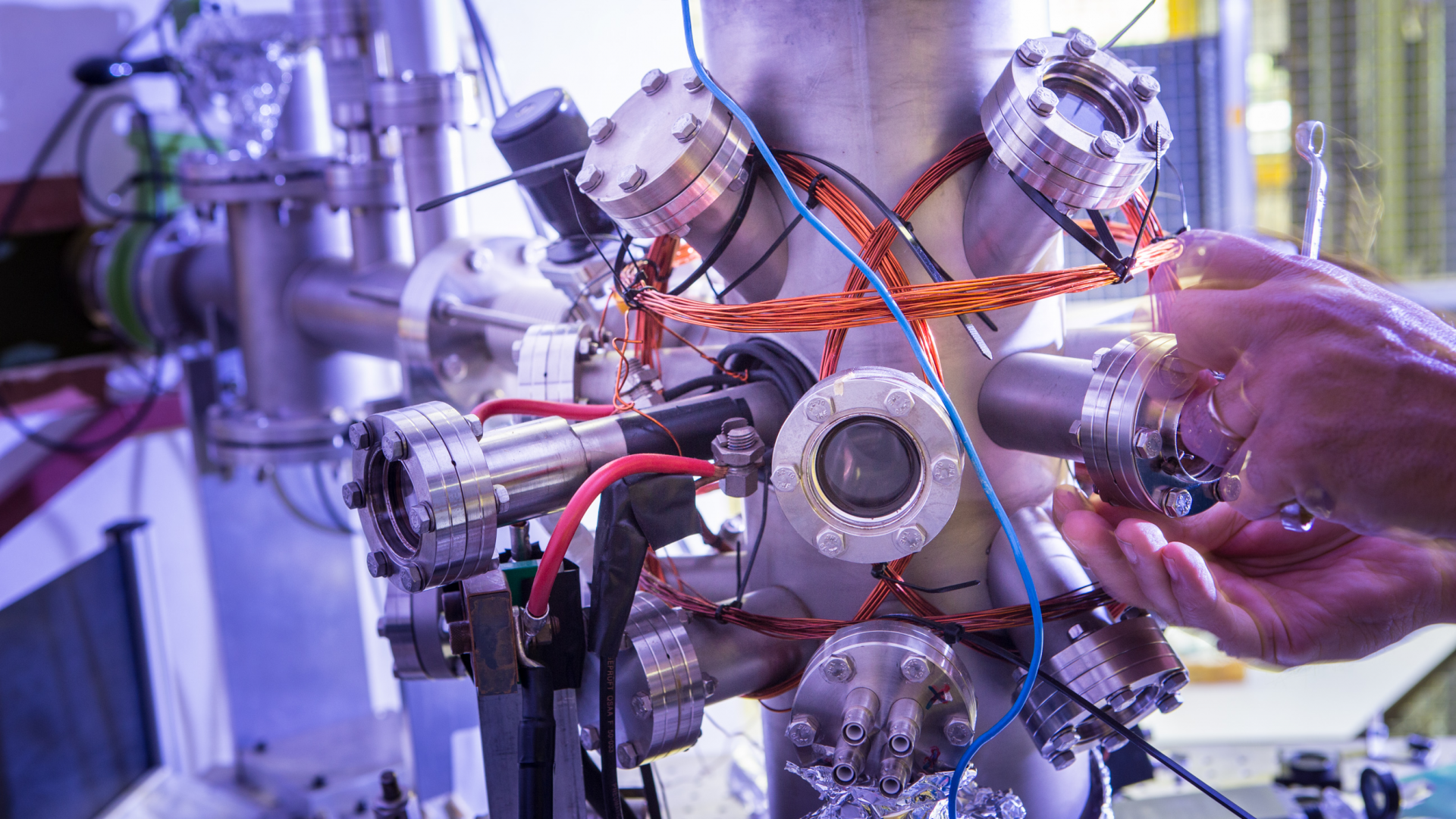Charge transfer in low energy Sn4+ collisions with molecular hydrogen
An important step in the production of advanced computer chips is facilitated by the EUV
nanolithography machines from ASML. In these machines, EUV light is produced by shooting
a tin droplet with a highly powered laser, creating a laser produced plasma (LPP). The plasma
emits the EUV light required for nanolithography and is collected and focused by costly, atom-
ically flat mirrors. The debris left behind from the LPP may consist in part of energetic, highly
charged tin ions which can potentially damage the mirrors. By introducing a buffer gas of H2,
the ions are slowed down via collisions and the charge state is reduced via charge transfer with
the gas. In order to gain more general insight into electron capture processes, charge transfer
cross sections for Sn4+ with a kinetic energy ranging from 1 keV to 16 keV colliding with H2
gas are experimentally determined in this work. This is done at the Zernike low energy ion fa-
cility (ZERNIKELEIF). After collisions with hydrogen, ionic populations, from the now multiply
charged ion beam, are measured with a gridless retarding field analyser (RFA). From these
measurements, the charge transfer cross sections are determined. It was found that cross
sections for single electron capture for Sn4+ are significantly smaller than for Sn3+, which is
likely due to the difference in availability of quantum states for the electron to be captured
into. The charge transfer cross sections for double electron capture were found to be larger
for Sn4+ than for Sn3+. Additionally, the experimental results are compared to calculations
from the Landau-Zener model of charge exchange. Finally, the potential presence of excited
metastable Sn4+ ions in the ion beam is discussed as well as their influence on determined
cross sections.








